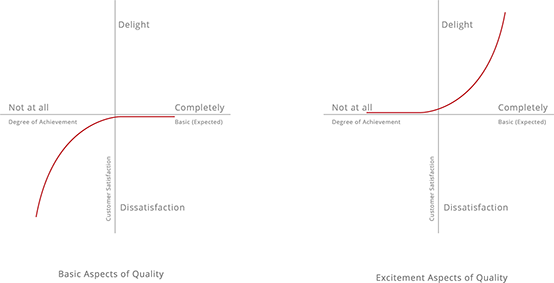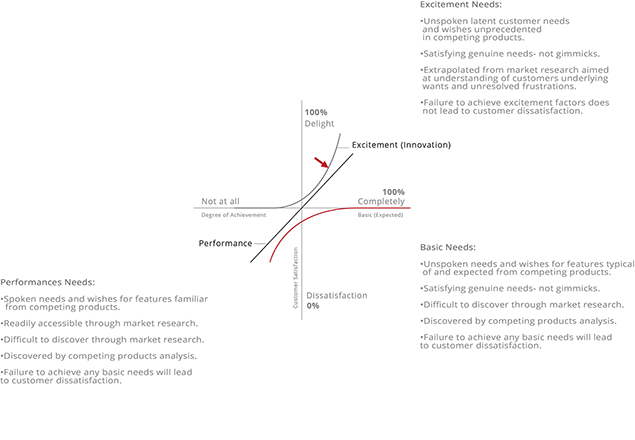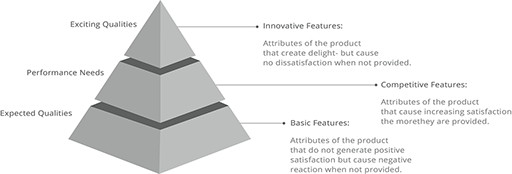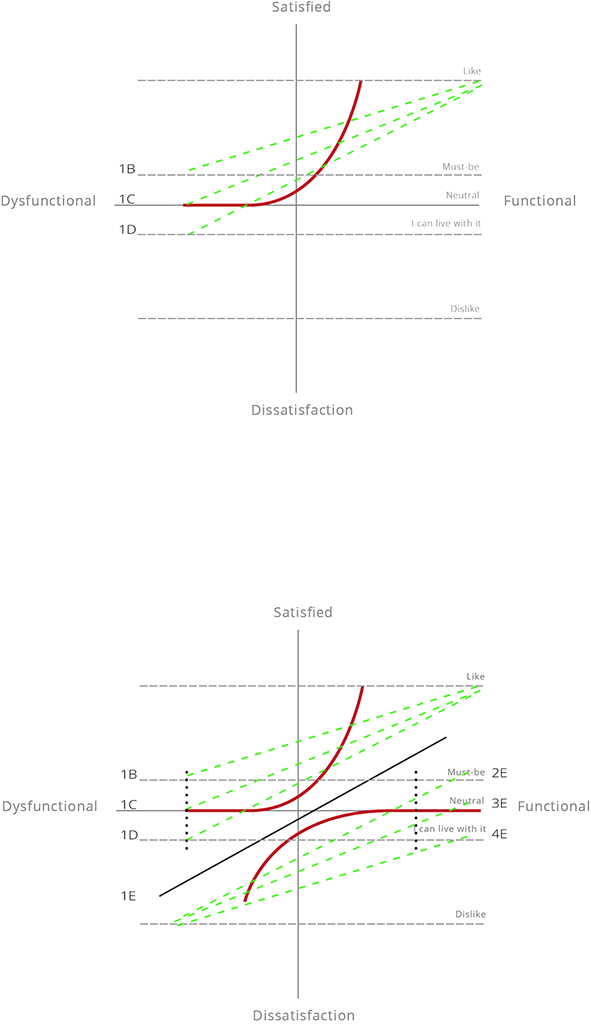Glossary
Logout
©Copyright Arcturus 2022, All Rights Reserved.
7
Terms & Conditions
|
|
|
|
Security & Privacy
Contact
PRODUCT FEATURE & BENEFIT ANALYSIS
|Introduction
Features and Benefit Analysis - Based on KANO mapping.
The Kano Model of product development and customer satisfaction was published in 1984 by Dr Noriaki Kano, professor of quality management at the Tokyo University of Science.
The model encourages you to think about how your products relate to your customers' needs, while moving from a "more is always better" approach to product development to a "less is more" approach.
The Kano model (...in its academic form) encourages you to think about how your products relate to your customers' needs (and associated benefits), while moving from a "more is always better" approach to product development to a "less is more" approach. However despite the visual simplicity of the Kano model, in practice it can sometimes be misunderstood because of the levels of ambiguity and the inability to add facts to the argument and / or hypothesis. This is where this new interactive model (Features and Benefit Analysis) provides a valid solution...
Constantly introducing new features to a product can be expensive and may just add to its complexity without boosting customer satisfaction. On the other hand, adding one particularly attractive feature could delight customers and increase sales without costing significantly more.
Using Paired analysis, we determine the 3 qualities of your product/service. By using sliders to reveal each hypothesis, results are presented, indicating the following quality levels:
- Basic Qualities
- Performance Qualities
- Innovative Qualities
The model assigns three types of attribute (or property) to products and services:
1. Threshold Attributes (Basics). These are the basic features that customers expect a product or service to have.
2. Performance Attributes (Satisfiers). These elements are not absolutely necessary, but they increase a customer's enjoyment of the product or service.
3. Excitement Attributes (Delighters). These are the surprise elements that can really boost your product's competitive edge. They are the features that customers don't even know they want, but are delighted with when they find them.

|Kano Model
Customer Focus... and the elements that relate to Customer satisfaction


The above can also be represented as follows;



Paired Questions

|Who Should Attend...
Key / Definition:
Monitor: Oversees the overall process, required to provide top level strategic objectives as required, performs a management role.
Core: Defines the ‘Core’ team headed (chaired) by the Product Manager required to attend the workshop in alignment with the ‘Product Phase’. Membership is mandatory.
Sec. Mem: Secondary Membership defines an ‘on‐standby’ membership requirement and will depend upon the subject area, phase alignment and the project status. Membership is managed by the Product Manager.
On Req: On Request membership defines a membership that is managed by the Product Manager.
|Strategic Business Models, Workshop Tools & Professional Resources
PMM - Professional Support
Workshop Material
Interactive Business Models

Features and Benefit Analysis – Based on KANO mapping.
The Kano Model of product development and customer satisfaction was published in 1984 by Dr Noriaki Kano, professor of quality management at the Tokyo University of Science.
The model encourages you to think about how your products relate to your customers’ needs, while moving from a “more is always better” approach to product development to a “less is more” approach.




















